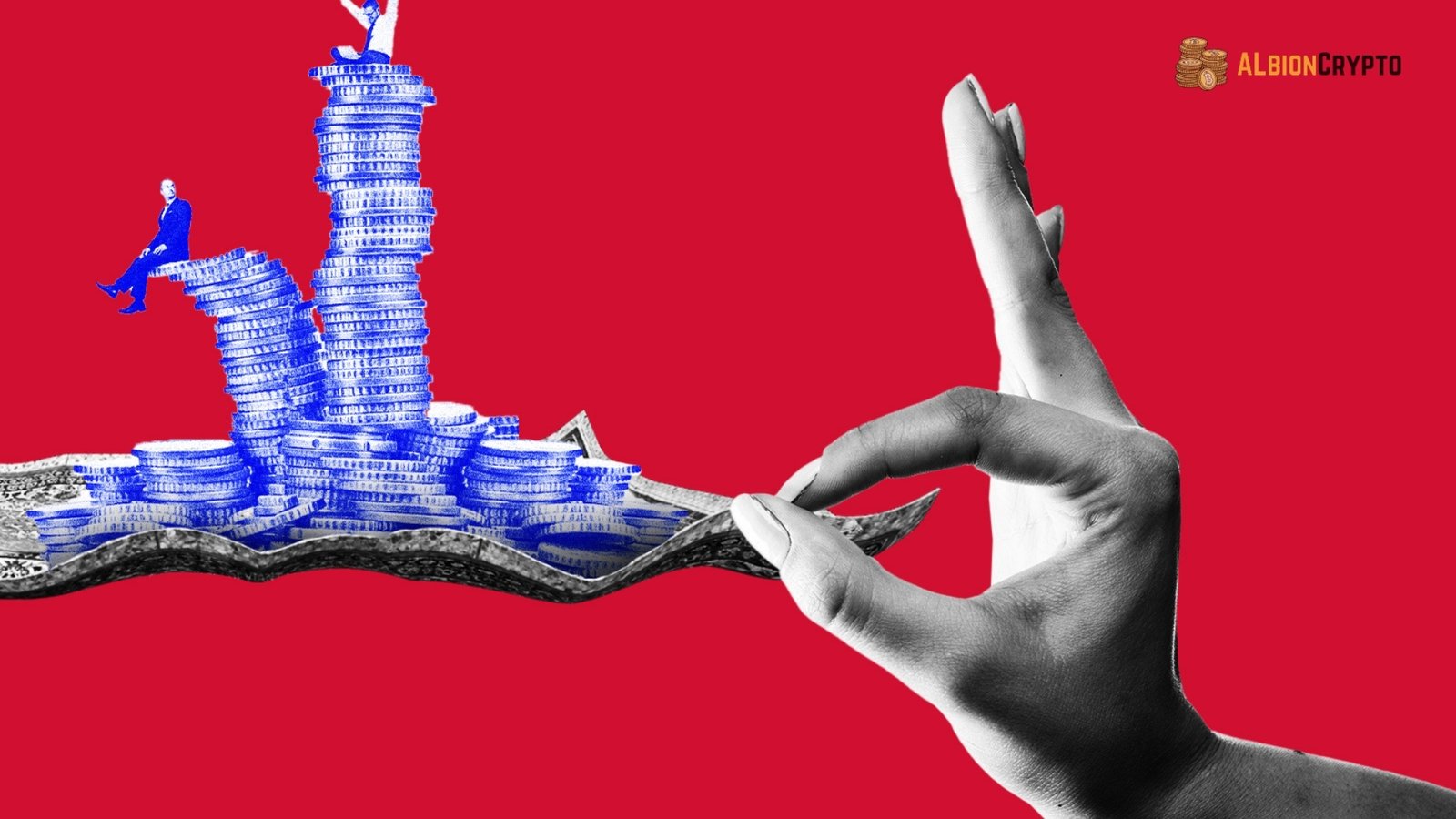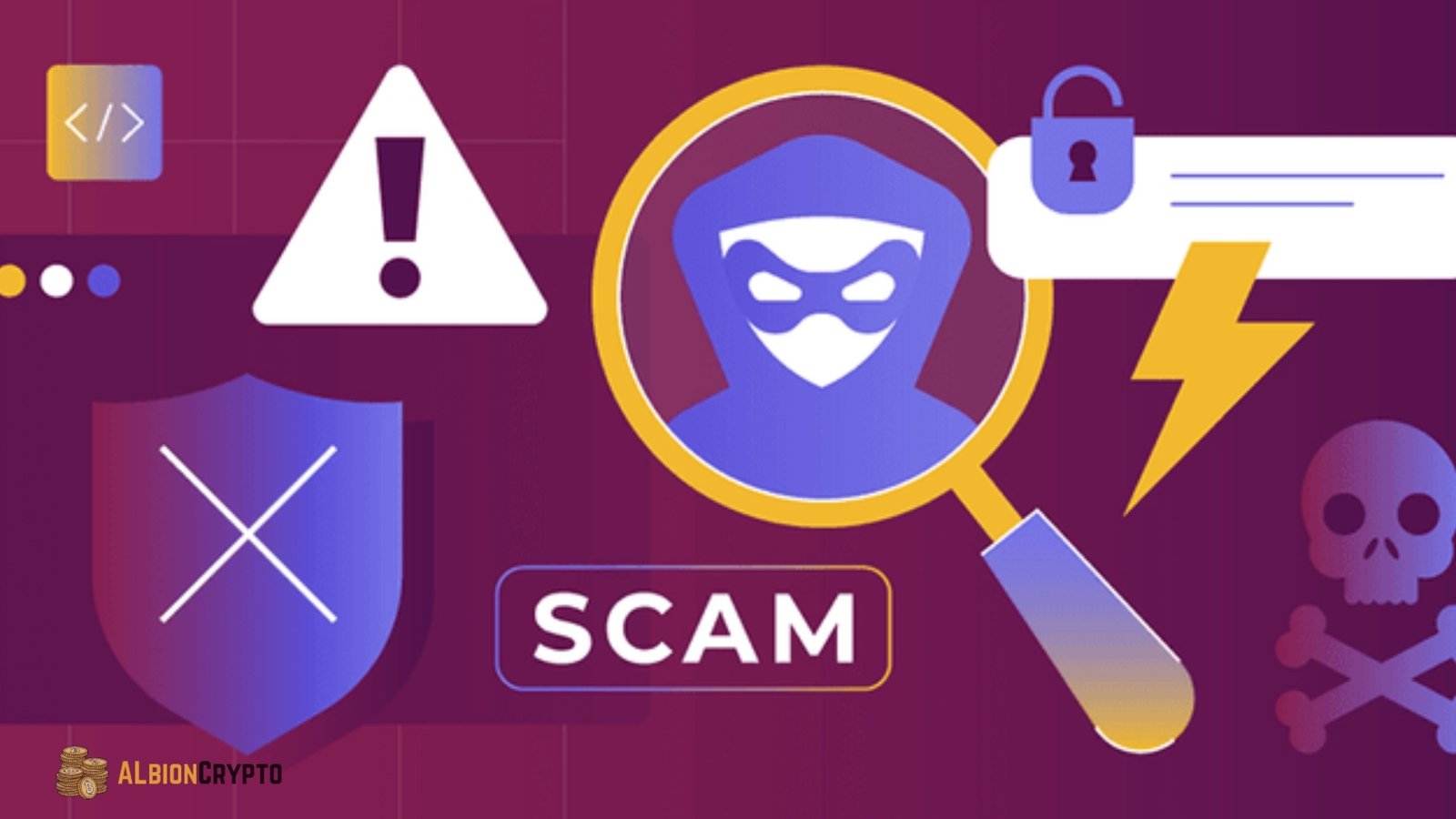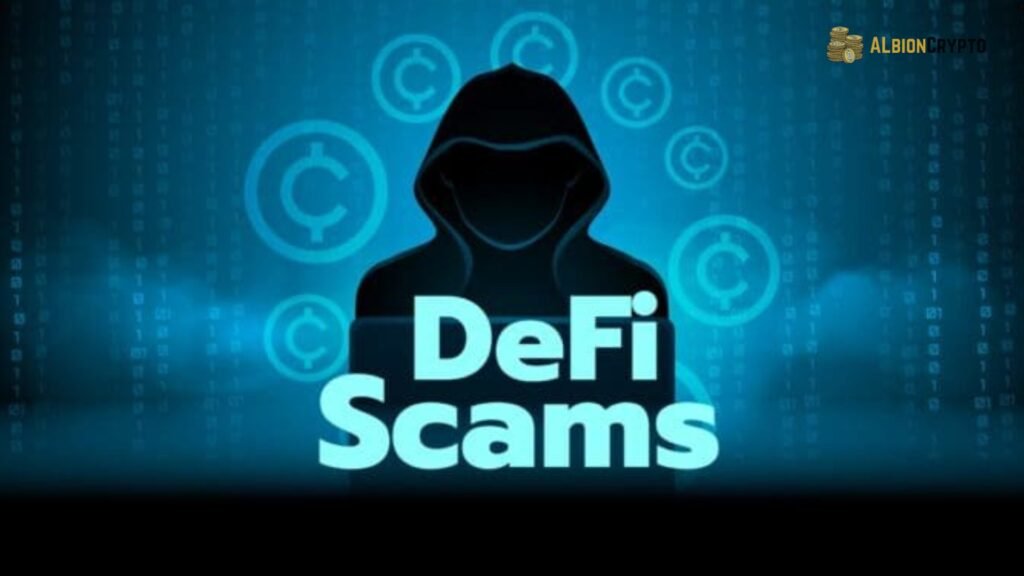Decentralized Finance (DeFi) has revolutionized the financial industry, offering users unprecedented access to financial services without traditional intermediaries like banks. Built on blockchain technology, DeFi allows for a transparent, open, and permissionless financial ecosystem. Users can borrow, trade, and earn interest on digital assets without relying on centralized entities. However, with great innovation comes great risks. As DeFi grows in popularity, so does the number of scams that exploit its vulnerabilities.
In 2024, DeFi scams have become increasingly sophisticated, leveraging blockchain technology’s complex and often opaque nature to deceive and defraud users. Understanding the types of scams prevalent in the DeFi space, how they work, and how to protect yourself is crucial for anyone participating in this ecosystem. This article will dive into the most common DeFi scams, how to spot them, and the best practices to avoid falling victim to fraud.
Types of DeFi Scams
Rug Pulls
The rug pull is one of the most infamous and widespread scams in the DeFi world. This scam typically occurs when the creators of a DeFi project, particularly in decentralized exchanges (DEXs) and yield farming schemes, abruptly withdraw all the liquidity from the project and disappear, leaving investors with worthless tokens.
Rug pulls often occur in new, unverified projects where creators entice investors with promises of high returns. Once enough people have invested, the developers drain the liquidity pools, causing the token price to crash and leaving investors with significant losses.
Example
In 2021, the DeFi project Meerkat Finance famously rug-pulled its users, absconding with $31 million worth of Binance Coin (BNB). While some funds were eventually returned, the incident highlighted how easily untrustworthy developers could exploit investors.
Phishing Attacks
Phishing is another common scam in the DeFi space. Attackers attempt to steal users’ private keys or seed phrases through deceptive websites, emails, or social media. These attacks usually involve creating a replica of a legitimate DeFi platform, tricking users into connecting their wallets or entering sensitive information, and causing them to lose funds.
Phishing attacks have evolved to target DeFi users more effectively. They often mimic the user interfaces of popular platforms or send fake customer support messages through platforms like Telegram or Discord.
Example
In 2023, several DeFi users lost funds after falling victim to a phishing attack where fake websites mimicked MetaMask, a popular cryptocurrency wallet. Once users connected their wallets to these fraudulent sites, hackers gained access to their funds.
Flash Loan Attacks
Flash loans are a unique and legitimate feature of DeFi platforms. They allow users to borrow large sums of money without collateral, provided they repay the loan within the same transaction. However, malicious actors have exploited this mechanism to manipulate markets, drain liquidity pools, or cause artificial price fluctuations, leading to large-scale losses.
Attackers often use flash loans with other vulnerabilities in DeFi protocols, such as price oracles (which provide external price data to smart contracts). By manipulating the price data or exploiting an arbitrage opportunity, attackers can drain funds from the system.
Example
In 2022, the “Cream Finance” platform was targeted in a flash loan attack, averaging $130 million in loss. This incident highlighted the need for better security measures in DeFi protocols to prevent such attacks.
Ponzi and Pyramid Schemes
Ponzi and pyramid schemes have found a new home in the DeFi world. These scams promise high, often unsustainable, returns to early investors, paid using the funds from newer investors. Eventually, the scam collapses when there are not enough new participants to sustain the payouts, leading to significant losses for most investors.
Example
In 2021, the project “Bitconnect,” initially marketed as a DeFi lending platform, was revealed to be a Ponzi scheme, resulting in billions of dollars in investor losses.
Pump and Dump Schemes
Like traditional stock market scams, pump-and-dump schemes have become rampant in DeFi. In these scams, scammers artificially inflate the price of a token through false or exaggerated claims (the “pump”), leading uninformed investors to buy in. Once the price reaches a certain level, the scammers sell their holdings (the “dump”), causing the token’s value to plummet and leaving unsuspecting investors with losses.
Example
In 2023, several tokens promoted on decentralized exchanges experienced rapid pumps, only for prices to collapse within hours or days as the scammers sold off their holdings, leaving investors with worthless tokens.
Impersonation and Social Engineering Scams
Social engineering is a manipulation technique where scammers trick individuals into revealing confidential information or taking harmful actions. In the DeFi space, scammers often impersonate project developers, team members, or even trusted influencers on social media to deceive users into sending funds or sharing sensitive information.
Example
Impersonation attacks have targeted major platforms like Uniswap, where scammers set up fake social media profiles to lure users into sending funds to fraudulent addresses.
How to Spot DeFi Scams
Unrealistic Returns
One of the biggest red flags in DeFi is the promise of guaranteed high returns with little to no risk. If a project offers returns that seem too good to be true, it likely is. DeFi is inherently risky, and no legitimate platform can offer guaranteed returns.
Anonymous Teams
While DeFi prides itself on decentralization, many legitimate projects are still transparent about their developers and team members. This is a potential red flag if a project has an anonymous or unverified team. Scammers often hide behind anonymity to avoid legal repercussions after pulling off a scam.
Lack of Audits
Legitimate DeFi projects undergo rigorous code audits by reputable third-party firms to ensure that their smart contracts are secure and free from vulnerabilities. A project without audits or providing a low-quality audit is a potential red flag.
Rushed or Pressure Tactics
Scammers often use time-sensitive offers or pressure tactics to force people to make hasty decisions without proper due diligence. If a project or person insists you invest immediately to avoid missing out on an opportunity, take it as a warning sign.
Poor Documentation and Roadmaps
Legitimate projects often have detailed whitepapers, roadmaps, and documentation that outline their goals, use cases and technical specifications. However, a project that lacks clear and well-written documentation may be a scam.
Unverified Smart Contracts
DeFi operates primarily through smart contracts. If a project’s smart contract code isn’t publicly available or verified on platforms like Etherscan or BscScan, it’s a red flag. This transparency ensures that users can inspect the code for vulnerabilities or backdoors that could be exploited.
Best Practices to Avoid DeFi Scams
- Conduct Thorough Research: Before investing in any DeFi project, thoroughly research its team, code audits, and community reputation. Check forums like Reddit, Telegram, and Twitter for feedback from other users and developers.
- Use Reputable Platforms: Stick to well-known, established platforms that the community and security experts have vetted. Platforms like Aave, Compound, and Uniswap have a strong reliability and security track record.
- Keep Your Private Keys Safe: Never share your private keys, seed phrases, or passwords with anyone, even if they claim to be from customer support. Legitimate platforms will never ask for this information. Use hardware wallets and two-factor authentication to add more security to your funds.
- Avoid FOMO (Fear of Missing Out): Scammers often exploit FOMO to trick people into making irrational decisions. Take your time to evaluate an investment, and don’t be afraid to pass on projects that seem suspicious.
- Verify URLs and Social Media Accounts: Phishing attacks are common in DeFi, so always double-check the URLs of DeFi platforms and ensure you’re on a legitimate website. Be cautious of fake social media accounts impersonating project teams or influencers.
- Use Multi-Signature Wallets: Multi-signature (multi-sig) wallets require multiple approvals before funds can be transferred, adding an extra layer of protection against unauthorized transactions. Using a multi-sig wallet can reduce the risk of losing funds to phishing or hacking attacks.
- Regularly Monitor Your Portfolio: DeFi rapidly evolves, and scams can emerge quickly. Regularly check your investments and withdraw funds if something feels off or a project’s development stagnates.
What to Do if You’re Scammed
If you fall victim to a DeFi scam, act quickly. Contact the relevant authorities, report the scam on blockchain explorers like Etherscan or BscScan, and inform the community through forums and social media to prevent others from falling victim. While it can be difficult to recover funds lost in DeFi scams due to the irreversible nature of blockchain transactions, some platforms offer insurance against certain risks.
Scam projects may sometimes be held accountable, and funds could be recovered through legal or community-driven initiatives. However, prevention is always better than cure, so being vigilant is the best strategy.
Conclusion
DeFi represents the future of finance, offering incredible opportunities for innovation and financial freedom. However, it also presents new risks that users must be aware of, especially with the rise of increasingly sophisticated scams. By staying informed, conducting proper research, and practicing caution, you can protect yourself from DeFi scams and enjoy the benefits of decentralized finance. In 2024, as the DeFi space continues to evolve, so too will the scams targeting it. Therefore, continuous vigilance and education are essential for safeguarding your investments.
FAQs
What is a rug pull and how does it work?
A rug pull is one of the most common DeFi scams, where project creators abruptly withdraw all liquidity from their project and disappear, leaving investors with worthless tokens. This typically happens in new, unverified projects on decentralized exchanges where developers promise high returns, wait for enough investment, then drain the liquidity pools, causing the token price to crash.
How can I identify a potential DeFi scam before investing?
Key warning signs include unrealistic guaranteed returns, anonymous or unverified team members, lack of third-party security audits, pressure tactics urging immediate investment, poor or missing documentation, and unverified smart contracts. If a project exhibits multiple red flags, it’s best to avoid it entirely.
What are flash loan attacks and should I be concerned about them?
Flash loan attacks exploit a legitimate DeFi feature where users can borrow large sums without collateral if repaid within the same transaction. Malicious actors use these loans to manipulate markets, drain liquidity pools, or cause artificial price fluctuations. While individual users aren’t directly targeted, these attacks can cause significant losses to DeFi protocols you’re using.
How can I protect my crypto wallet from phishing attacks?
Never share your private keys, seed phrases, or passwords with anyone—legitimate platforms never ask for this information. Always verify URLs before connecting your wallet, be cautious of fake social media accounts, use hardware wallets for additional security, enable two-factor authentication, and avoid clicking suspicious links in emails or messages.
What should I do if I’ve been scammed in a DeFi project?
Act quickly by contacting relevant authorities, reporting the scam on blockchain explorers like Etherscan or BscScan, and informing the community through forums and social media to warn others. While recovering funds can be difficult due to blockchain’s irreversible nature, some platforms offer insurance, and occasionally funds are recovered through legal or community-driven initiatives.


